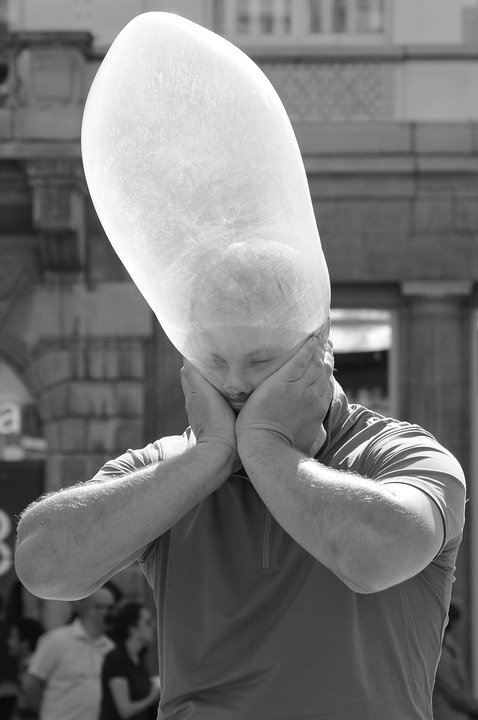 The cerebellum is a fascinating and complex region of the brain that plays a crucial role in coordinating movement and balance. Often referred to as the “little brain,” the cerebellum is located at the base of the brain, just above the brainstem. Despite its small size, the cerebellum contains more neurons than the rest of the brain combined, highlighting its importance in motor control.
The cerebellum is a fascinating and complex region of the brain that plays a crucial role in coordinating movement and balance. Often referred to as the “little brain,” the cerebellum is located at the base of the brain, just above the brainstem. Despite its small size, the cerebellum contains more neurons than the rest of the brain combined, highlighting its importance in motor control.The cerebellum’s primary function is to fine-tune and coordinate voluntary movements, such as walking, reaching, and grasping. It receives input from the sensory systems, including the eyes, ears, and muscles, and integrates this information to produce smooth and coordinated movements. Damage to the cerebellum can result in a range of movement disorders, including ataxia, tremors, and impaired balance.
One of the key features of the cerebellum is its highly organized structure, with distinct layers of cells that are interconnected in a precise and intricate manner. The cerebellum is divided into three main parts: the cerebellar cortex, the deep cerebellar nuclei, and the cerebellar peduncles. The cerebellar cortex is the outer layer of the cerebellum and is responsible for processing incoming sensory information and generating motor commands. The deep cerebellar nuclei are clusters of cells located within the cerebellum that relay signals to other parts of the brain. The cerebellar peduncles are bundles of nerve fibers that connect the cerebellum to the rest of the brain.
Recent research has shed light on the specific functions of different regions of the cerebellum. For example, studies have shown that the anterior lobe of the cerebellum is involved in coordinating movements of the trunk and limbs, while the posterior lobe is responsible for controlling eye movements and balance. The vermis, a narrow strip of tissue located in the midline of the cerebellum, plays a crucial role in coordinating movements of the body’s midline, such as walking and standing upright.
One of the most intriguing aspects of the cerebellum is its ability to adapt and learn new motor skills. This process, known as cerebellar plasticity, involves the modification of the connections between neurons in response to changes in sensory input or motor demands. Researchers are studying how cerebellar plasticity can be harnessed to improve motor function in individuals with movement disorders, such as Parkinson’s disease and cerebral palsy.
In addition to its role in motor control, the cerebellum is also involved in cognitive functions, such as attention, language, and emotional regulation. Studies have shown that damage to the cerebellum can lead to cognitive impairments, including difficulties with language and executive function. Understanding how the cerebellum contributes to these higher-order cognitive processes is an active area of research that holds promise for developing new therapies for neurological disorders.
Overall, the cerebellum is a remarkable brain region that plays a critical role in controlling movement and coordination. Research into the function and organization of the cerebellum is providing valuable insights into how the brain generates and controls complex motor behaviors. By unlocking the secrets of the cerebellum, scientists hope to develop new treatments for movement disorders and improve our understanding of how the brain functions as a whole.

You might be interested in learning more about the cerebellum and its role in controlling movement and coordination. Speaking of motor control, you might be interested in voluntary movement. Additionally, if you want to delve deeper into how the brain generates complex motor behaviors, you may want to check out the cerebellum on Wikipedia.



